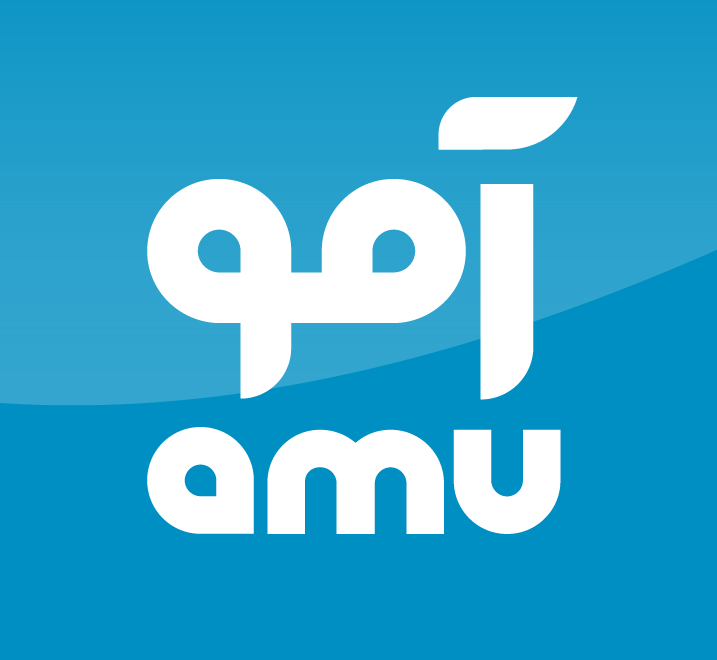KABUL — Taliban leader has carried out nine senior-level appointments over the past month, all involving internal transfers or role swaps, with no new figures introduced into leadership roles, according to documents reviewed by Amu and information confirmed by sources in Kandahar.
From April 19 to May 16, Taliban announced nine appointments in provincial and national positions. Four of the cases were direct exchanges between current officials, while the remaining five were reassignments to other posts.
Among the notable reshuffles:
Habibullah Shakir, Taliban’s former police chief in Samangan, was appointed Taliban police chief in Bamiyan.
Sayed Mohammad Hanif Abada, Taliban’s former police chief in Bamiyan, replaced Shakir in Samangan.
Shir Mohammad Sharif, Taliban’s former head of Taliban border police, became Taliban governor of Zabul.
Hezbollah Afghan, Taliban’s previous Zabul governor, was reassigned to Sharif’s former role at the Interior Ministry.
Additional changes involved moves between ministries and provincial posts, such as:
Jan Mohammad Hamza, Taliban’s former police chief in Takhar, was appointed Taliban’s head of agriculture in Kabul.
Obaidullah, Taliban’s former agriculture chief in Kabul, was named head of the Taliban’s Ministry for the Promotion of Virtue and Prevention of Vice in Balkh.
Saifullah, previously Taliban intelligence chief in Sar-e-Pul, was transferred to Heratan port in Balkh.
Hussainullah Zahid, Taliban’s former Heratan commissioner, became Taliban district governor of Aqcha, Jawzjan Province.
Rahmatullah Nazem, formerly Taliban intelligence chief in Balkh, was appointed head of artillery for the Taliban Defense Ministry.
No new entrants from outside Taliban ranks or civil society groups were included in the list of appointments, continuing a pattern of closed-loop reassignments within the movement’s leadership.
The personnel reshuffles come amid a broader Taliban-initiated plan to downsize government staffing levels. Sources in Kandahar told Amu that Taliban leader Hibatullah Akhundzada has ordered a 20 percent reduction in the structure of government institutions, including the Taliban’s own security forces.
Several government employees, particularly those with ties to the former Afghan republic, said they fear the downsizing is being used to quietly remove non-Taliban technocrats from public service. Some suspect the process is being used to replace them with Taliban loyalists.
“They are trying to purge the government of anyone who worked during the republic,” said Asif Siddiqi, former deputy speaker of the Afghan Senate. “They’re removing professionals under the guise of restructuring.”
In the past week alone, multiple sources from public universities told Amu that dozens of lecturers holding master’s and doctoral degrees have been dismissed. The Taliban have not issued a formal statement on these reported dismissals.
However, earlier this month, a Taliban spokesperson confirmed on state-run television that the administration had begun reducing personnel across government institutions, including in the ranks of the Taliban’s own military and civil structures.
Human rights groups have repeatedly criticized the Taliban’s exclusion of women, minorities, and professionals from governance, saying their leadership remains dominated by longtime Taliban figures, almost exclusively male, and with little transparency in appointment processes.
While the Taliban claim their cabinet is inclusive, critics say the leadership reflects only internal networks of power, lacking ethnic and ideological diversity.





